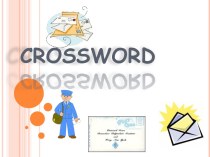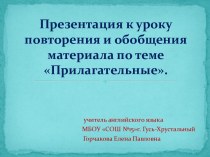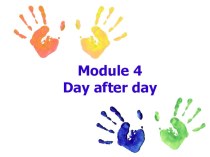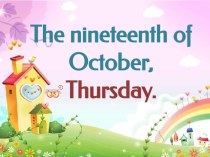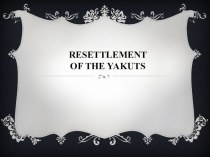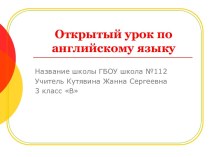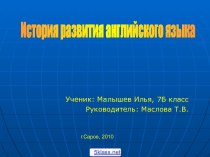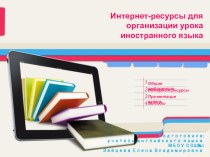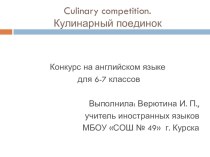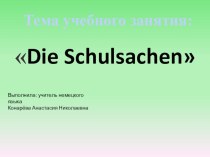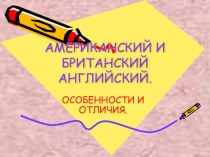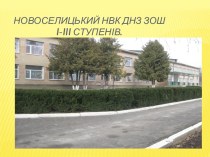- Главная
- Разное
- Бизнес и предпринимательство
- Образование
- Развлечения
- Государство
- Спорт
- Графика
- Культурология
- Еда и кулинария
- Лингвистика
- Религиоведение
- Черчение
- Физкультура
- ИЗО
- Психология
- Социология
- Английский язык
- Астрономия
- Алгебра
- Биология
- География
- Геометрия
- Детские презентации
- Информатика
- История
- Литература
- Маркетинг
- Математика
- Медицина
- Менеджмент
- Музыка
- МХК
- Немецкий язык
- ОБЖ
- Обществознание
- Окружающий мир
- Педагогика
- Русский язык
- Технология
- Физика
- Философия
- Химия
- Шаблоны, картинки для презентаций
- Экология
- Экономика
- Юриспруденция
Что такое findslide.org?
FindSlide.org - это сайт презентаций, докладов, шаблонов в формате PowerPoint.
Обратная связь
Email: Нажмите что бы посмотреть
Презентация на тему Class Organization
Содержание
- 2. Plan:Whole class versus pairs or groupsTeacher control.
- 3. There are different ways of class organization
- 4. Teacher control. Secondly, you must decide
- 5. What is your goal: accuracy or fluency?
- 6. Interaction Patterns 1. Closed-ended teacher questioning (‘IRF’)Only
- 7. 6. Group work Students work in small
- 8. Questioning Questioning is a universally used activation
- 9. Criteria for effective questioning 1. Clarity:
- 10. Group work In group work,
- 11. Скачать презентацию
- 12. Похожие презентации
Plan:Whole class versus pairs or groupsTeacher control. What is your goal: accuracy or fluency? Interaction Patterns Questioning Individualization
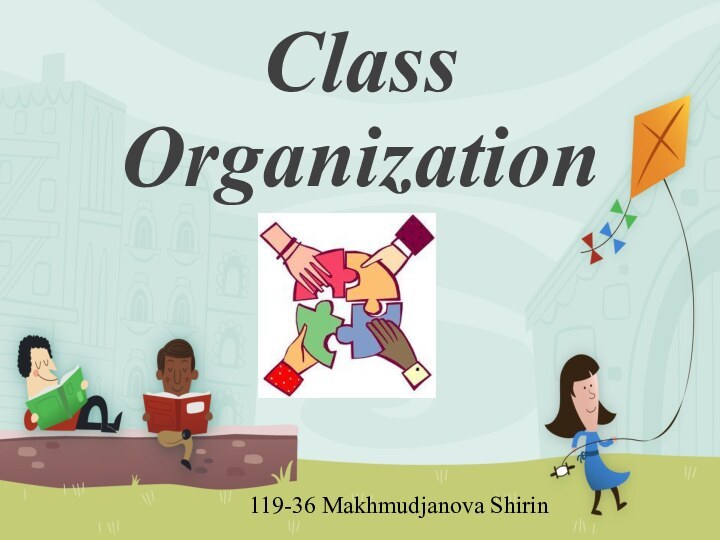
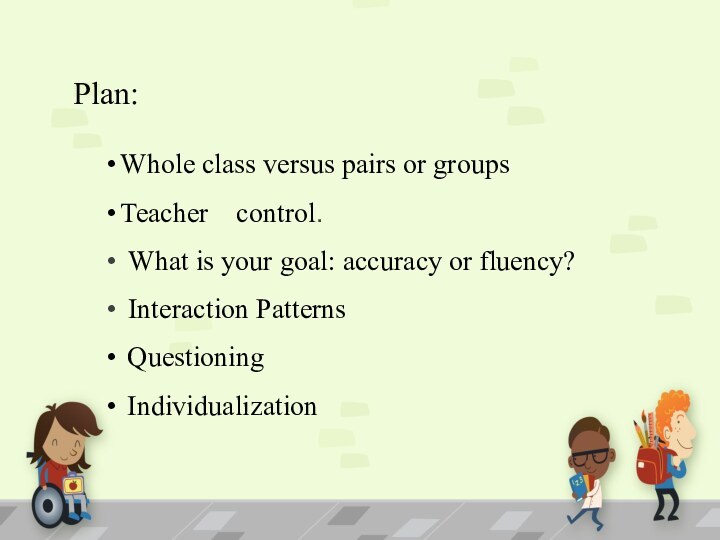
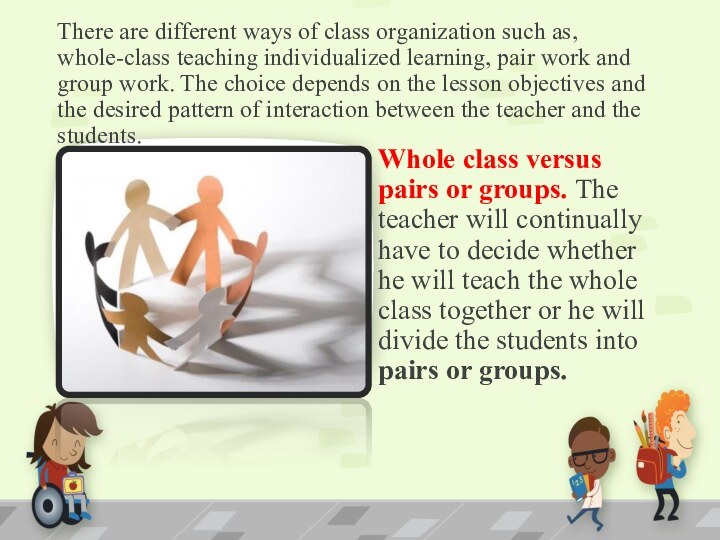
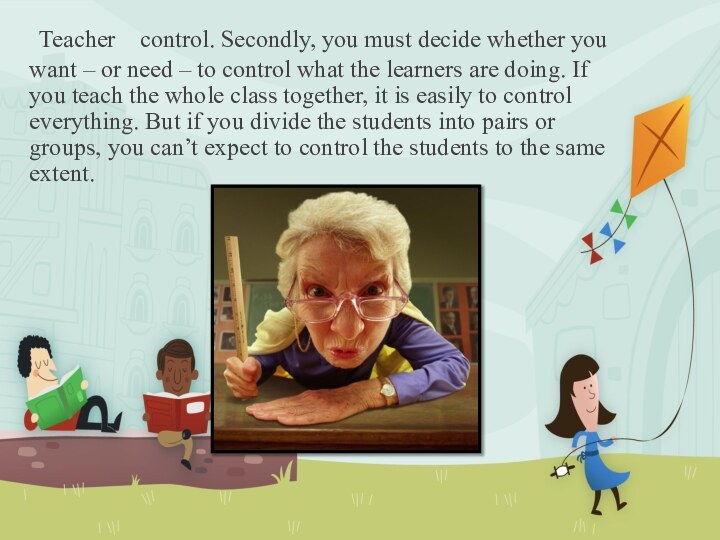
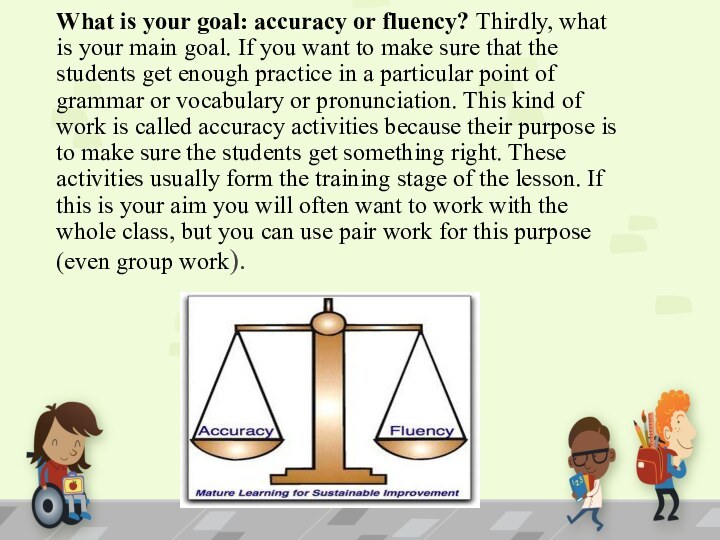
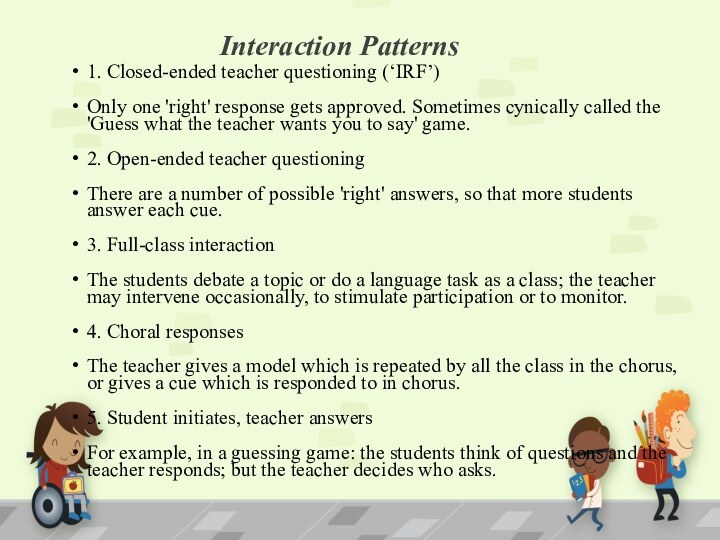
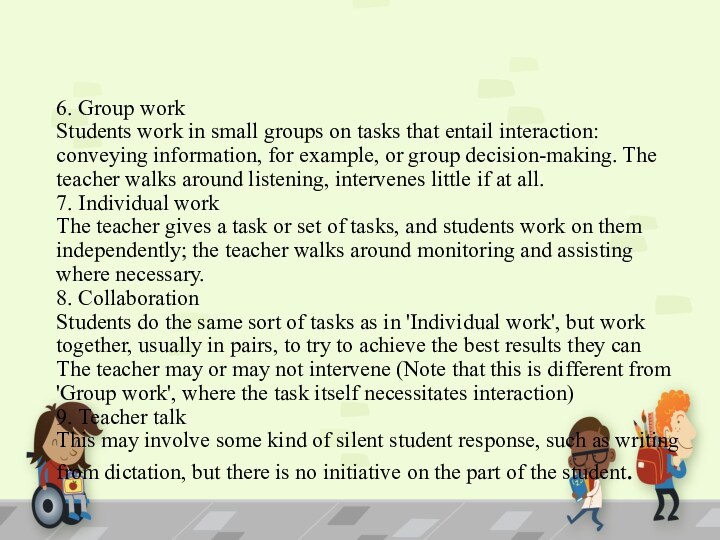
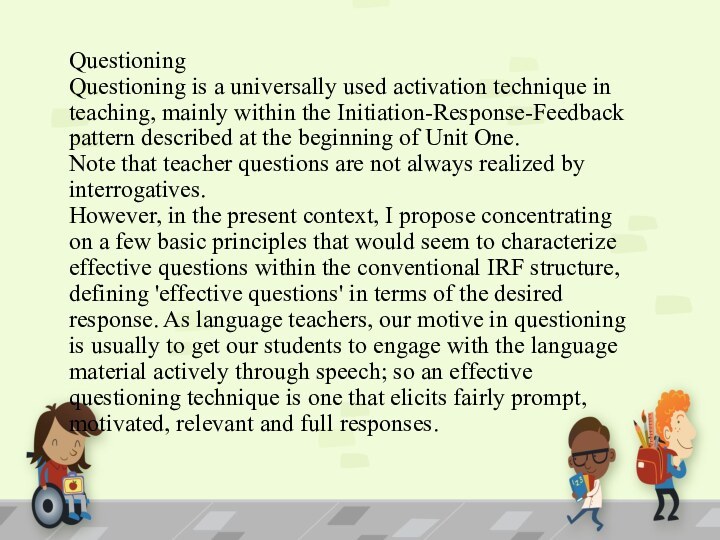
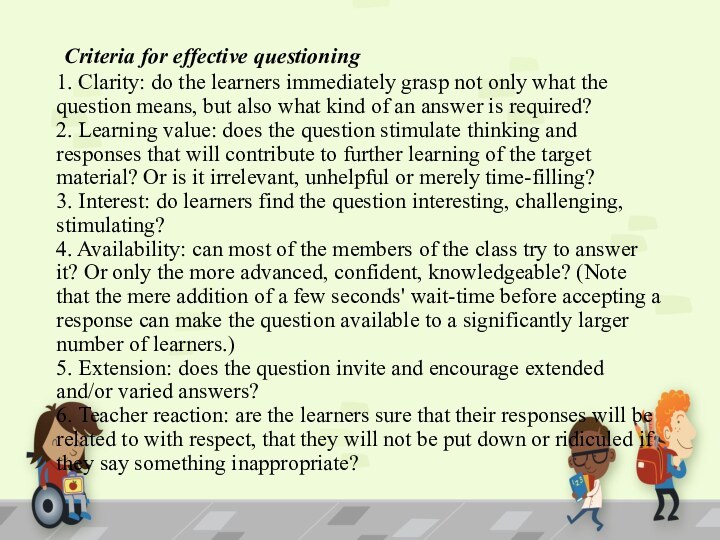
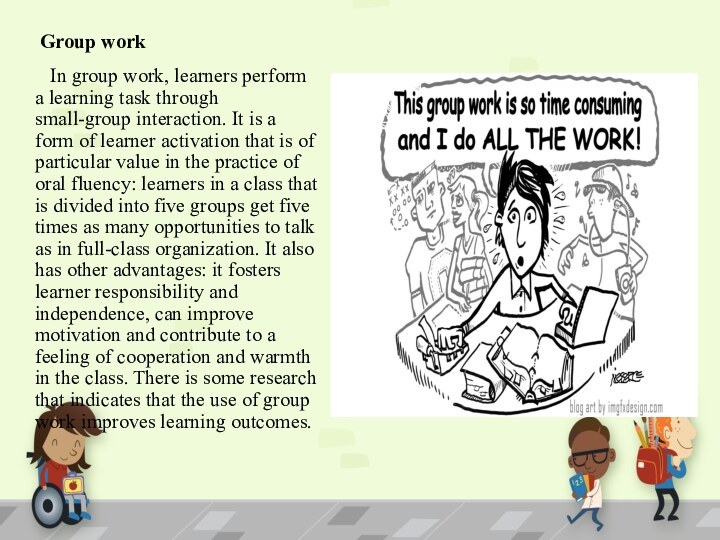

Слайд 2
Plan:
Whole class versus pairs or groups
Teacher control.
What
is your goal: accuracy or fluency?
Слайд 3 There are different ways of class organization such
as, whole-class teaching individualized learning, pair work and group
work. The choice depends on the lesson objectives and the desired pattern of interaction between the teacher and the students.Whole class versus pairs or groups. The teacher will continually have to decide whether he will teach the whole class together or he will divide the students into pairs or groups.
Слайд 4 Teacher control. Secondly, you must decide whether you
want – or need – to control what the
learners are doing. If you teach the whole class together, it is easily to control everything. But if you divide the students into pairs or groups, you can’t expect to control the students to the same extent.Слайд 5 What is your goal: accuracy or fluency? Thirdly,
what is your main goal. If you want to
make sure that the students get enough practice in a particular point of grammar or vocabulary or pronunciation. This kind of work is called accuracy activities because their purpose is to make sure the students get something right. These activities usually form the training stage of the lesson. If this is your aim you will often want to work with the whole class, but you can use pair work for this purpose (even group work).
Слайд 6
Interaction Patterns
1. Closed-ended teacher questioning (‘IRF’)
Only one 'right'
response gets approved. Sometimes cynically called the 'Guess what
the teacher wants you to say' game.2. Open-ended teacher questioning
There are a number of possible 'right' answers, so that more students answer each cue.
3. Full-class interaction
The students debate a topic or do a language task as a class; the teacher may intervene occasionally, to stimulate participation or to monitor.
4. Choral responses
The teacher gives a model which is repeated by all the class in the chorus, or gives a cue which is responded to in chorus.
5. Student initiates, teacher answers
For example, in a guessing game: the students think of questions and the teacher responds; but the teacher decides who asks.




